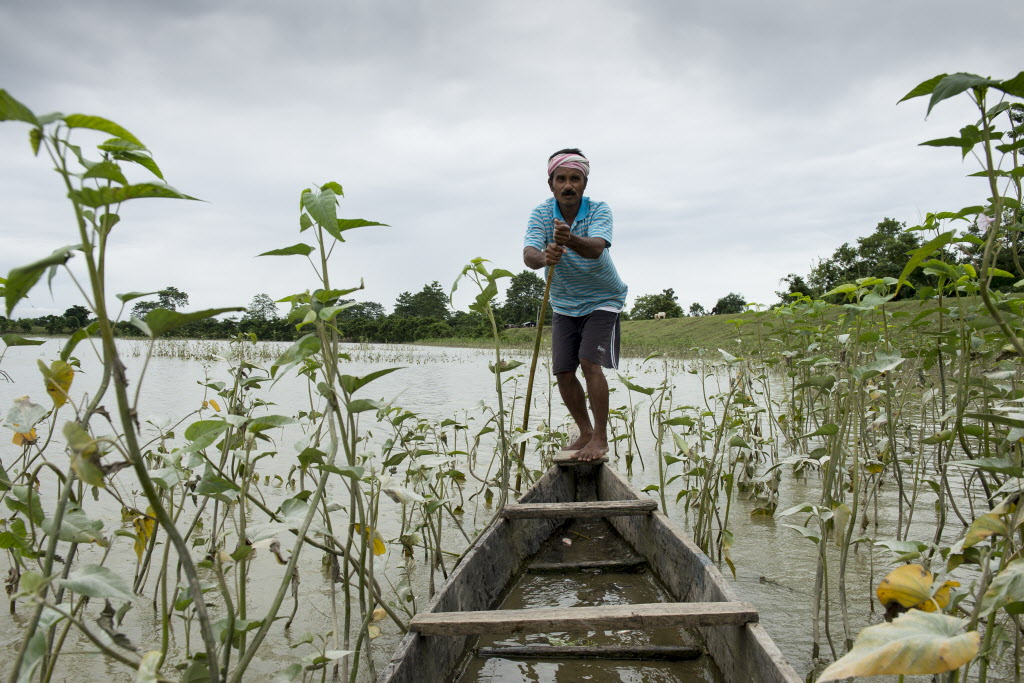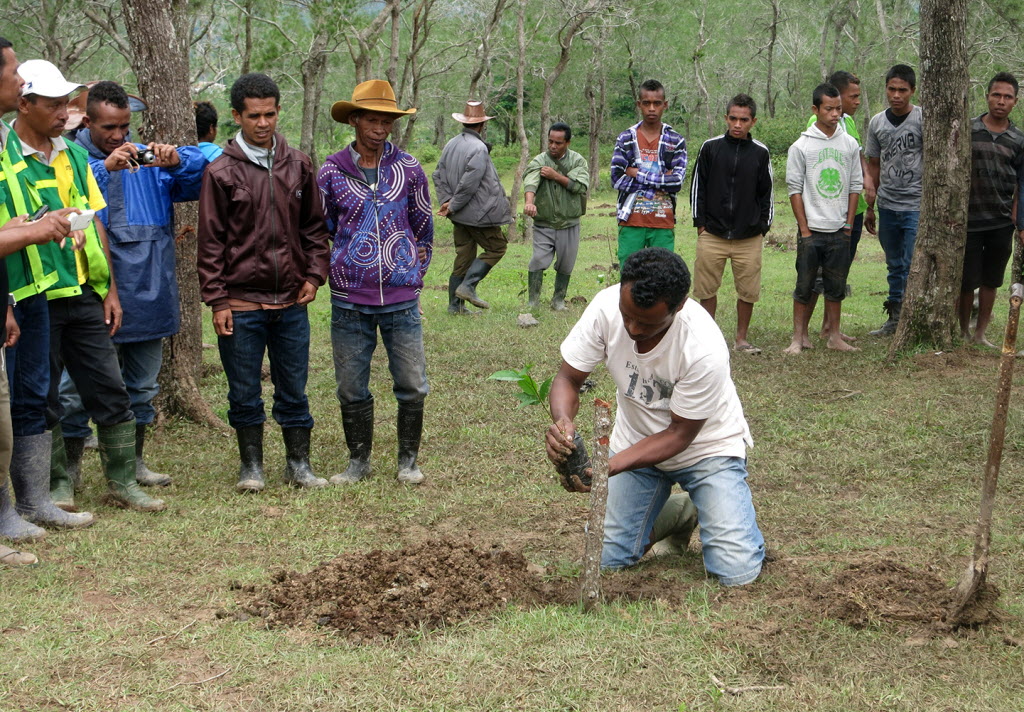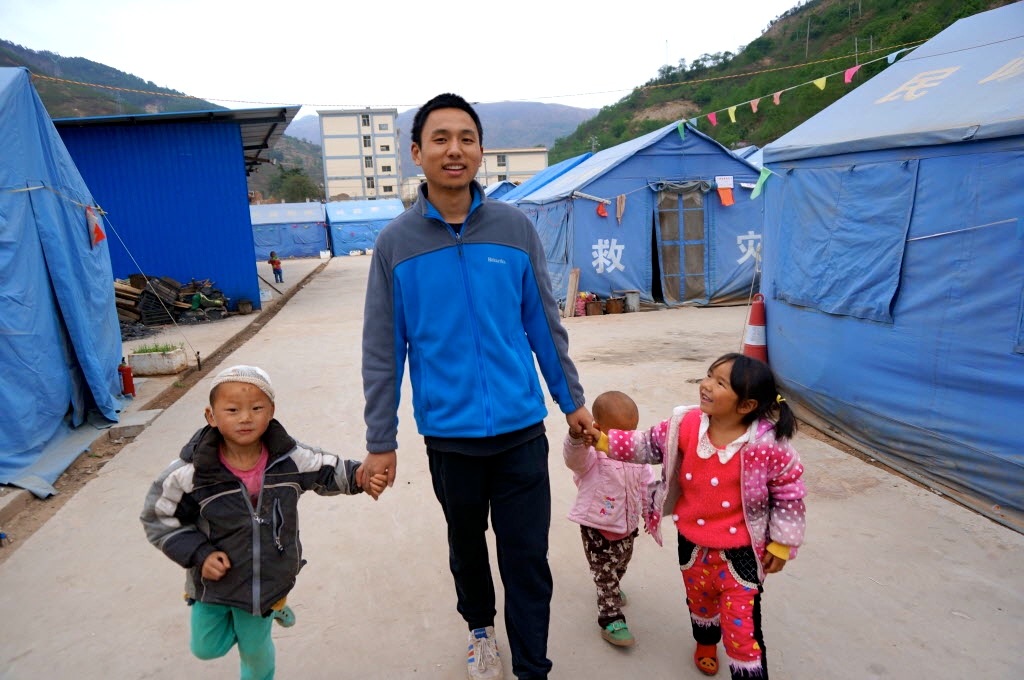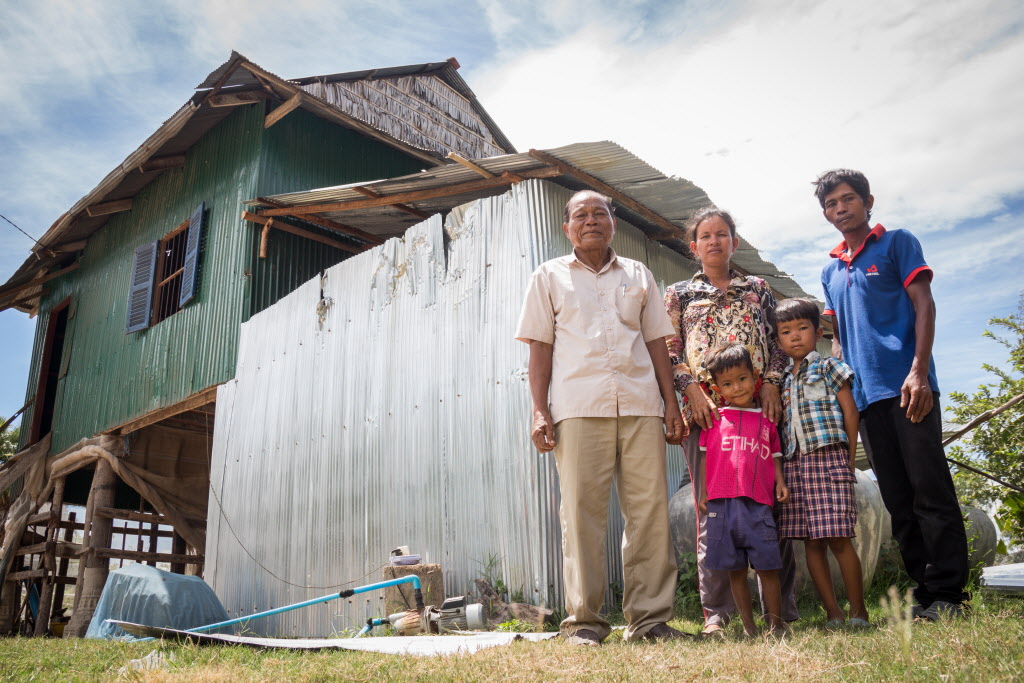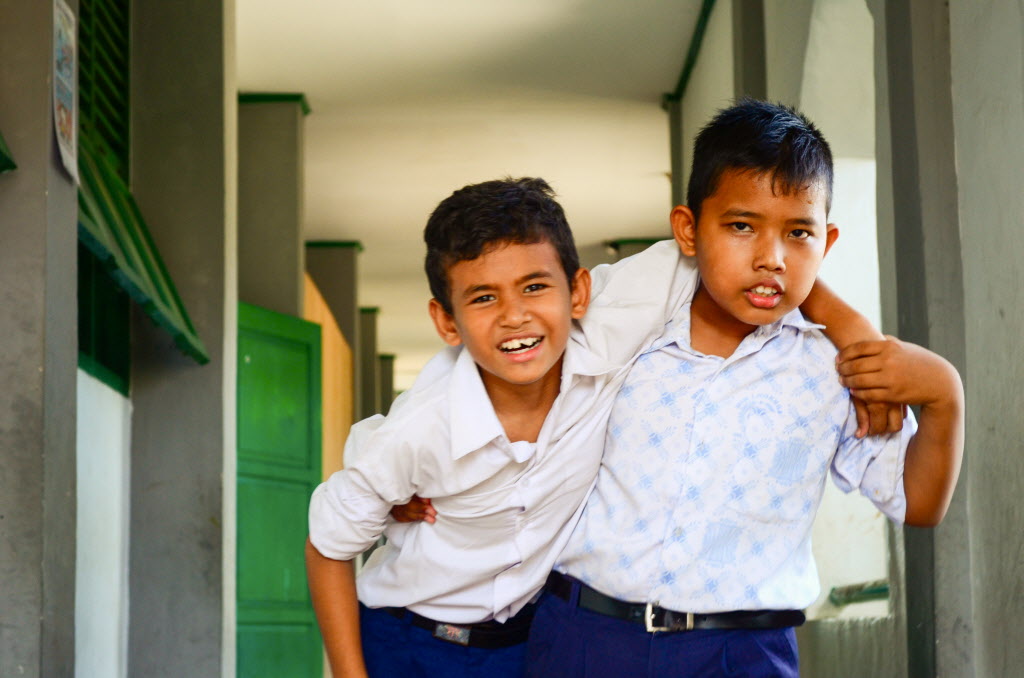Knowledge for life: 11 Ways families across Asia prepare for disasters
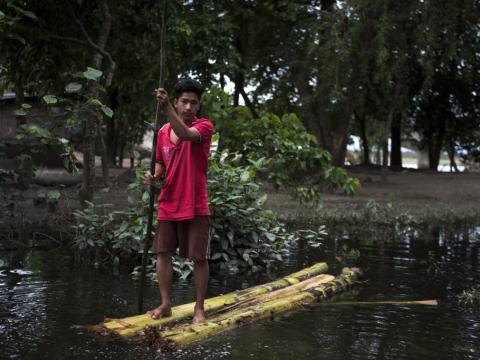
Are you prepared for a big one?
Across Asia families are relying on ancient wisdom and modern technology to get ready for floods, earthquakes, deep freezes or droughts.
Since this year’s theme for International Disaster Risk Reduction Day is Knowledge for Life, we’re exploring different traditional practices that are still applied across Asia, in conjunction with modern technology.
By asking families in 10 countries how they prepare for a disaster, we learned that many observe animal behaviour to predict natural disasters.
Here are some more ways families prepare for disasters:
1. Myanmar – Watching Snails & Feeling Lemongrass to Predict Flooding
In Myanmar, 7 traditional practices teach families how to use nature to look out for flooding and how to prepare for it.
2. Sri Lanka – Bird calls and Tree Leaves Can Warn about Drought
“We still observe nature for signs, just like our grandparents did,” 66-year-old Wimala says. To see if droughts are on the way, families listen to bird songs, look at tree leaves and observe fire patterns can help families prepare for a forthcoming drought.
3. Mongolia – Getting Ready for Minus 40 Celsius
Farm families collect and store food months in advance and make sure that animals are well protected from the harsh Mongolian winter.
4. Philippines – Seeking Shelter in Caves During a Typhoon
In the eastern Philippines, locals bunker down in above-ground caves when a typhoon is on the way; their solid structure is far safer than traditionally-built homes.
5. Northeast India – Ready-made Rafts, Building Homes on Stilts
Using their ancestor’s traditions – including building a raft and elevating homes – families are safer and protected from flooding.
6. Vietnam – Using ancient wisdom and modern technology to stay safe in a storm
In this video from Vietnam, see how children combine radio and swimming lessons with their grandparents advice on how to stay safe during a storm.
7. Timor-Leste – Preventing landslides by vowing to save trees
In a community ceremony accompanied by song and traditional dance, families vow not to slash trees on the hillsides.
8. China – Training a Generation to be Earthquake Ready
Parents and children are learning how to protect themselves from earthquakes during World Vision activities.
9. Bangladesh – Storing Water & Dry Food, Having an On-the-Run Stove
A 9-year-old shares some of the lessons he’s learned on how to prepare and react to natural disasters if they occur.
10. Cambodia – Creating community disaster action plans
With natural disasters increasing in Cambodia, families are partnering with World Vision to create community disaster preparedness plans.
11. INDONESIA - AN EARTHQUAKE READY SCHOOL
See how children in Aceh, Indonesia have learned to protect themselves from an earthquake, in a school where more than half the students were killed in the 2004 tsunami.
World Vision– Working with communities to prepare
Mother nature helps predict natural disasters, but certainly cannot prepare anyone for them. Preparedness has become more of a valued concept since the Indian Ocean Tsunami; with international recognition of the importance of pre-planning and early-warning systems.
Disaster Risk Reduction is a key theme of programming in many of World Vision’s project, tailored to context and risk.
